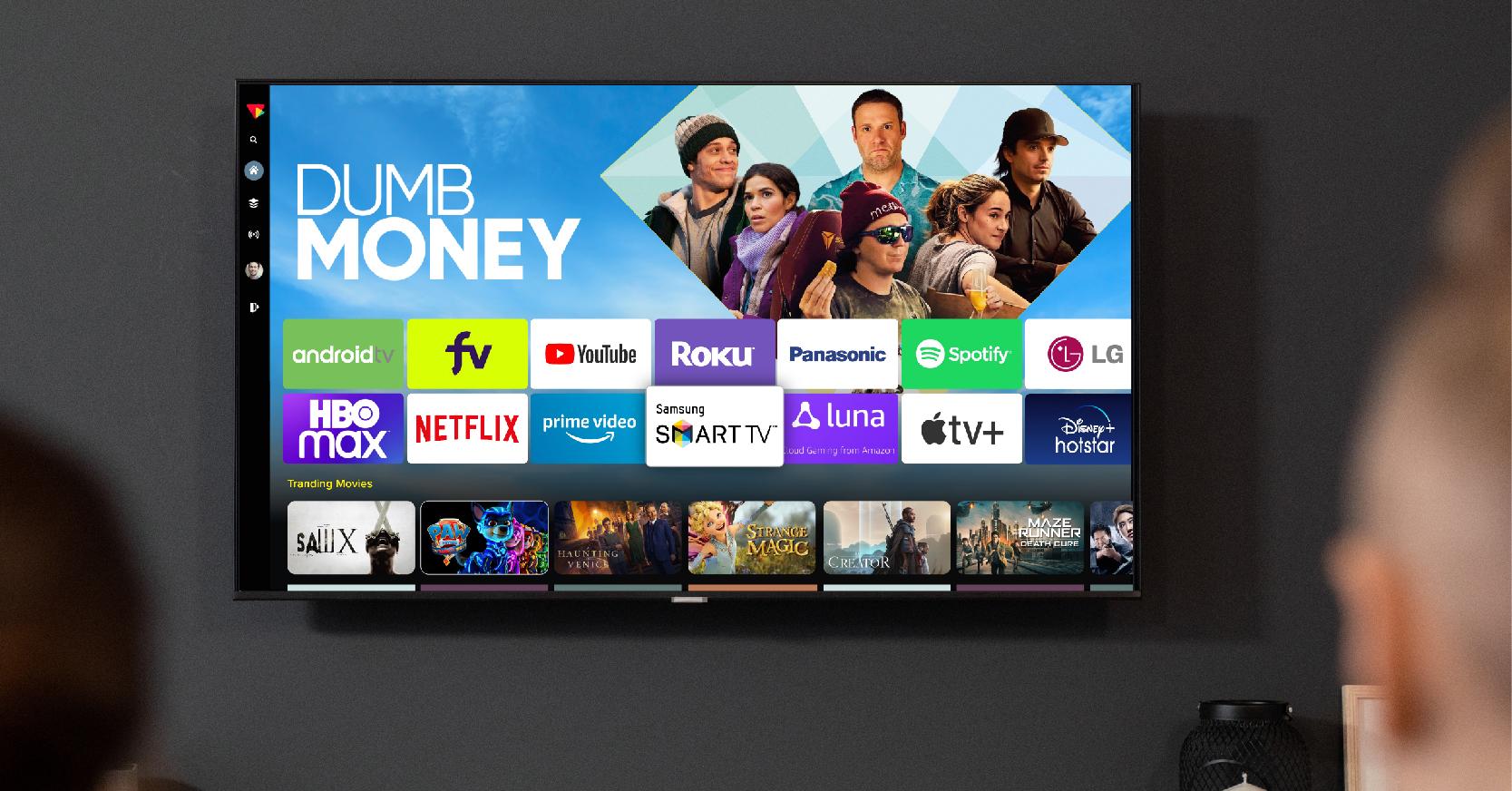3 Easy Facts About Apollo Group Tv Described
3 Easy Facts About Apollo Group Tv Described
Blog Article
All about Apollo Group Tv
Table of ContentsNot known Factual Statements About Apollo Group Tv Get This Report on Apollo Group TvThe 2-Minute Rule for Apollo Group TvSome Ideas on Apollo Group Tv You Need To Know
In this situation, as opposed to having three-minute business places during a 30-minute tv program, TV programs may change to one where a customer will certainly be called for to have a regular monthly subscription, so that they cen view targeted banner ads. This sort of marketing currently happens on the net, and the amount of information tv business gather allows them to do similar.Define the significant trends amongst the broadcasting and cable networks. Popular radio reveals such as cops drama Dragnet and western cowboy series Gunsmoke were adapted for tv, and new TV shows were sponsored by single marketers, just as radio shows had been.
Today, the tv market is even more complicated. Programs are funded by multiple advertisers; shows is regulated by major media corporations; and the three significant networks no longer dominate the airwaves however instead share their audiences with various wire networks. A number of aspects account for these fads within the industry, consisting of technological developments, federal government guidelines, and the production of brand-new networks.

The Buzz on Apollo Group Tv
Also public tv has actually ended up being based on the influence of marketing. Established in 1969, (PBS) established out of a report by the Carnegie Commission on Educational Tv, which examined the role of instructional, noncommercial television on society. The report suggested that the federal government finance public television in order to offer variety of shows throughout the network eraa service produced "not to offer products" but to "enhance citizenship and civil service (McCauley, 2003)." Public television was also meant to give global accessibility to tv for viewers in rural areas or audiences who can not afford to spend for personal tv services.
The duration between 1950 and 1970 is traditionally identified as the. Aside from a tiny part of airtime managed by public tv, the 3 major networks (recognized as the Big 3) dominated the television market, jointly making up greater than 95 percent of prime-time watching. In 1986, Rupert Murdoch, the head of multinational business News Corp, introduced the Fox network, challenging the prominence of the Big Three.
Targeting young and minority target markets with programs such as Buffy the Vampire Killer, Moesha, Dawson's Creek, and The Wayans Bros., the new networks wanted to attract stations away from their old network associations. Rather than repeating the success of Fox, UPN and WB battled to make an impact. Not able to draw in lots of affiliate terminals, both fledgling networks got to fewer families than their larger rivals because they were impossible in some smaller sized cities.
This decision led the way for the advancement of cable television flick channels, adding to the exponential development of cable in the 1980s and 1990s. apollo group tv app. Additional deregulation of cable in the 1984 Wire Communications Plan Act removed limitations on wire rates, making it possible for drivers to bill what they desired for cord services as long as there was effective competitors to the service (a requirement that over 90 percent of all wire markets could fulfill)
Indicators on Apollo Group Tv You Should Know

Having developed the very first "superstation," Turner broadened his world by establishing 24-hour information network CNN in 1980. At the end of the year, 28 nationwide shows solutions were available, and the cord revolution had started. Over the next years, the market went through a period of quick development and popularity, and by 1994 audiences can select from 94 standard and 20 costs cable television solutions.
Number 9 - https://issuu.com/apollogtv01.16 Boosted competition from cord networks has actually caused a consistent decrease in the networks' audience scores. During the 1950s, the cost of creating a single tv program raised as programs came to be longer and production expenses skyrocketed. Sponsorship on network tv moved from single sponsorship, in which a program was entirely supported and produced by one advertiser, to several sponsorship, in which advertisers acquired 1- or 2-minute areas on the show
Select one of the Big Four networks and print out its once a week programs routine. Watch the network's prime-time programs over the program of a week, keeping in mind the target demographic for each show.
The Ultimate Guide To Apollo Group Tv

Direct Television, typically referred to as traditional program TV, encompasses cable and satellite television., assume of it as the classic way of viewing Television that has actually been around for decades.
Report this page